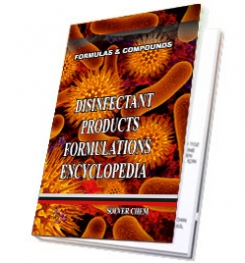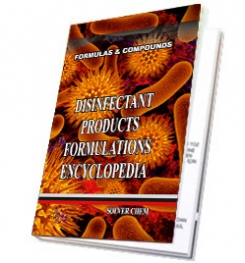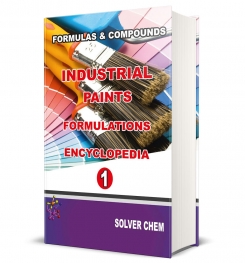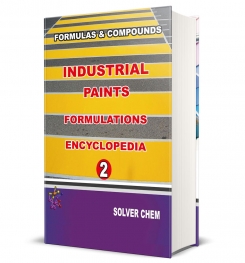Disinfectant solutions are used to inactivate any infectious agents that may be present in blood or other body fluids. They must always be available for cleaning working surfaces, equipment that cannot be autoclaved and non-disposable items and for dealing with any spillages involving pathological specimens or other known infectious material.
Needles and instruments should routinely be soaked in a chemical disinfectant for 30 minutes before cleaning. Disinfection decreases the viral and bacterial burden of an instrument, but does not clean debris from the instrument or confer sterility. The purpose of disinfection is to reduce the risk to those who have to handle the instruments during further cleaning.
Reusable needles must always be used with great care. After use, they should be placed in a special container of disinfectant before being cleaned and sterilized. Thick gloves should be worn when needles and sharp instruments are being cleaned.
There are many disinfectant solutions, with varying degrees of effectiveness. In most countries, the most widely available disinfectant is sodium hypochlorite solution (commonly known as bleach or chloros), which is a particularly effective antiviral disinfectant solution.
To ensure effective disinfection, follow the manufacturer’s instructions or any other specific guidelines that have been given and dilute the concentrated solution to the correct working strength. It is important to use all disinfectant solutions within their expiry date as some solutions, such as hypochlorite, lose their activity very quickly.
Disinfection must be performed before cleaning with detergent. There are many different disinfectants available and these act in different ways, so it is important to use the appropriate one in order to ensure effective disinfection. All disinfectants have what is known as a “contact time”, which means that they must be left in contact with an infectious agent for a certain period of time to ensure that it is completely inactivated. However, some disinfectants are themselves inactivated by the presence of organic material and so higher concentrations of disinfectant and longer contact times must be used in certain situations, such as a large spill of infected blood.
After disinfection, you can clean with normal detergent and water to remove the inactivated material and the used disinfectant. Even if disinfection is performed correctly, all the waste material generated should be disposed of safely.
Take great care when using any disinfectants containing chlorine. In the presence of some chemicals, it is very easy to liberate poisonous chlorine gas from some chlorine-containing solutions (when bleach and acid are mixed, for example). If you have any doubts about the exact composition of a spilt mixture containing infectious agents, you can neutralize any acid present by adding a small amount of saturated sodium bicarbonate before adding bleach or hypochlorite solution.
Linen soiled with blood should be handled with gloves and should be collected and transported in leak-proof bags. Wash the linen first in cool water and then disinfect with a dilute chlorine solution. Then wash it with detergent for 25 minutes at a temperature of at least 71°C.
Before sterilization, all equipment must be disinfected and then cleaned to remove debris. Sterilization is intended to kill living organisms, but is not a method of cleaning.
SODIUM HYPOCHLORITE DISINFECTANT
AND
PRODUCTION PROCESS
AND
PRODUCTION PROCESS
MANUFACTURING PROCESS OF SODIUM HYPOCHLORITE DISINFECTANT is not very complicated. For the production, there is need usable and tried a formulation, raw materials and mixing tank. For raw materials to be used, quantities to be used and ingredients usage rankings, you should look into this formulation. Therefore, formulation and productıon methods of sodium hypochlorite disinfectant solutions are important. If you have not a good formulation, you cannot make healthy and efficient production of any disinfectant products and derivatives.
DISINFECTANT PRODUCTS FORMULATIONS ENCYCLOPEDIA


HARD BOOK E BOOK
RELATED TAGS: What is sodium hypochlorite, sodium hypochlorite disinfectant formula, formulation, formulas,How to make sodium hypochlorite disinfectant, types of sodium hypochlorite disinfectant, chlorine based disinfectants, oxidizing agent disinfectant making, reciple of disinfectants,what is oxidizing products,where to use sodium hypochlorite, msds of sodium hypochlorite, specification of sodium hypochlorite,oxidizing disinfectant production process, peracetic acid disinfectant production,manufacturing of sodium hypochlorite disinfectant,what is sodium hypochlorite, where to use sodium hypochlorite, formula of sodium hypochlorite, preparation of sodium hypochlorite solution.

|
|

|
|

|
|
